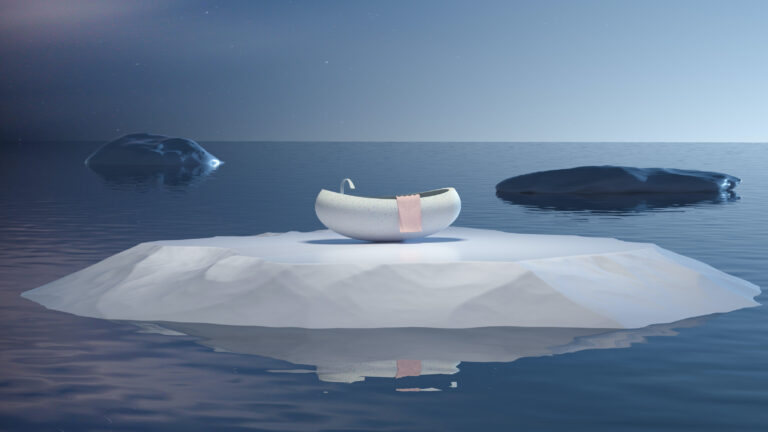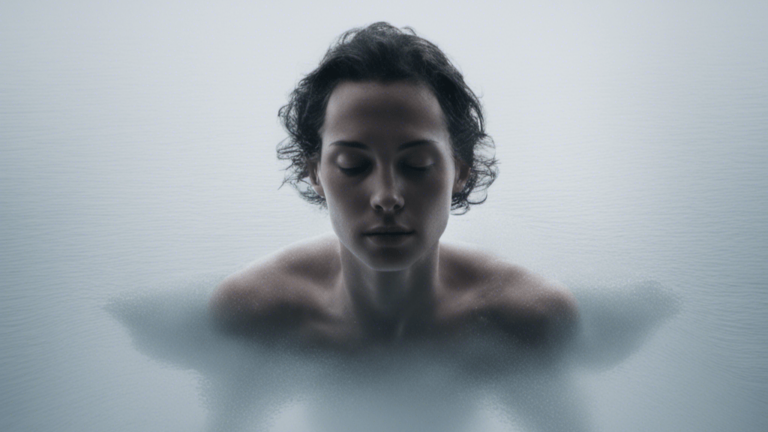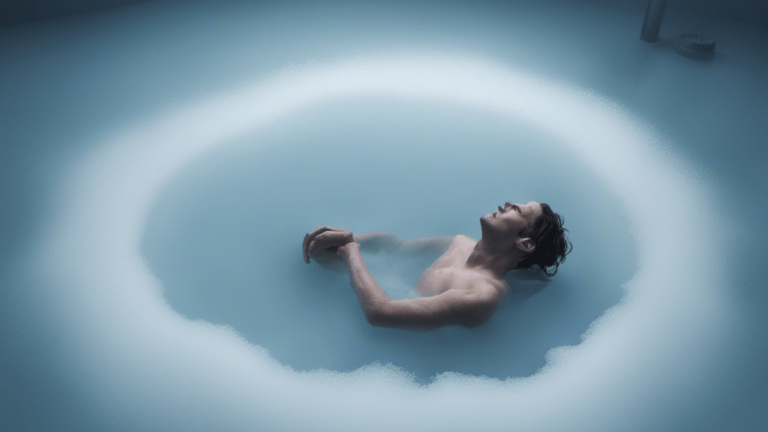How do I get the most benefits of ice baths?
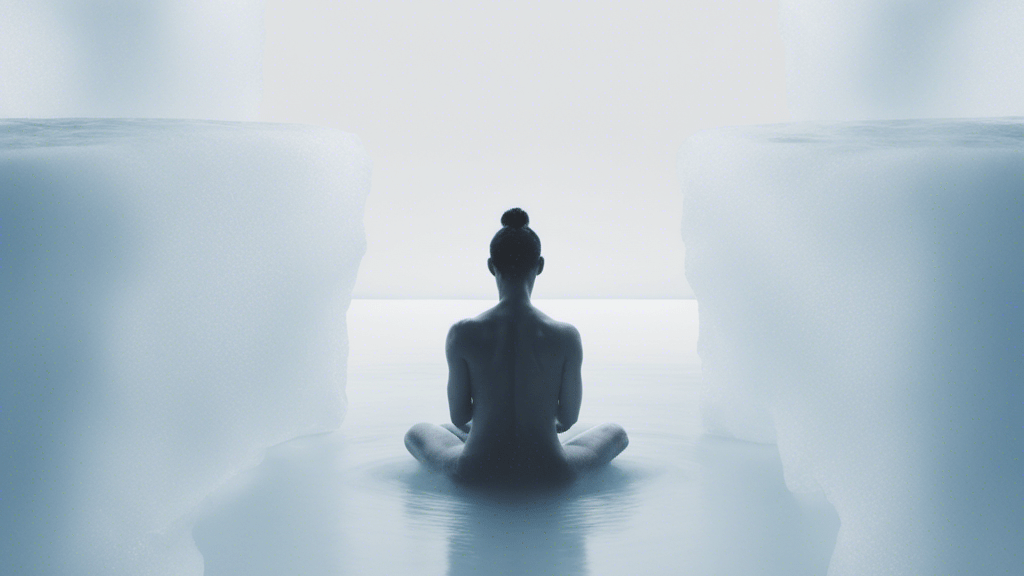
Just hearing about an ice bath might send shivers down your spine. However, this icy practice is not a medieval torture technique and there are many benefits of ice baths. Cold water immersion therapy is a scientifically proven method that world-class athletes and health enthusiasts use for muscle recovery and destressing.
Ice bathing constricts blood vessels and helps you increase blood circulation once you leave the ice tub. The initial shock of entering a cold bath will pass quickly, and you will feel stronger mentally and physically.

What Is an Ice Bath?
An ice bath or cold water immersion therapy is a method where you plunge into water chilled to below 15°C (59°F). Ice bathing has a long tradition and it has been used for centuries to help the body recover, rejuvenate, and revitalize.
You can find ice baths at your local gym or spa. You can also make your own ice bath at home!
The Key Benefits of Ice Baths
Ice baths help with muscle recovery, reducing inflammation, and even boosting mood. But the benefits don’t just stop there. From improving sleep and circulation to enhancing the immune response, the potential benefits of cold exposure therapy are extensive.
Keep reading and discover more!
Ice Baths Improve Blood Circulation
One of the most important benefits of ice tubs is improving blood circulation (1). Having good blood circulation means that essential nutrients and oxygen can reach every organ, muscle, and tissue efficiently.
When you enter an ice bath, the cold water causes your blood vessels in the skin to constrict. Upon exiting the ice bath, the sudden warmth will help dilate blood vessels and cause the blood to rush back to the peripheral tissues. This alternating cold and warm reaction can:
- boosts circulation,
- help remove metabolic waste,
- improve the delivery of nutrients and oxygen,
- enhance the overall blood flow.
Regular ice baths can also help the vascular system to adapt over time. As the body becomes used to the cold exposure, the blood vessel walls will become stronger. This can potentially reduce the risk of cardiovascular diseases and promote better endurance in physical activities.
Inflammation Reduction
Inflammation is a natural part of the body’s recovery process, that serves as a defense mechanism, signaling the body to start the healing process. While short-term inflammation is beneficial, especially after working out to help build muscles, chronic inflammation can be very bad for you. It can lead to overtraining syndrome, a condition where the body cannot recover itself anymore.
Many athletes incorporate rest days and proper nutrition into their regimen. Ice bathing can help too! Exposing your body to extremely low temperatures during a post-workout reduces inflammation and swelling, promoting healing (2). Additionally, reduced inflammation not only benefits athletes but also anyone who suffers from chronic inflammatory conditions. Cold water therapy can offer you relief from pain, improved joint mobility, and a decrease in the risk of long-term tissue damage (3).
Enhanced Recovery Speed
Muscle recovery is a complex process involving the repair of damaged fibers and the strengthening of muscles. Workouts create microscopic tears in muscle fibers. The body repairs these tears during the recovery process, making the muscles stronger. Ice baths can help by increasing blood circulation. The cold exposure also stimulates the body’s parasympathetic system, promoting relaxation and deeper sleep (4). This is crucial for optimal recovery, as the body undergoes most of its repair and regeneration processes during sleep.
Many athletes immerse themselves in ice baths to combat the inflammation and micro-tears in their muscles after intense sports sessions.
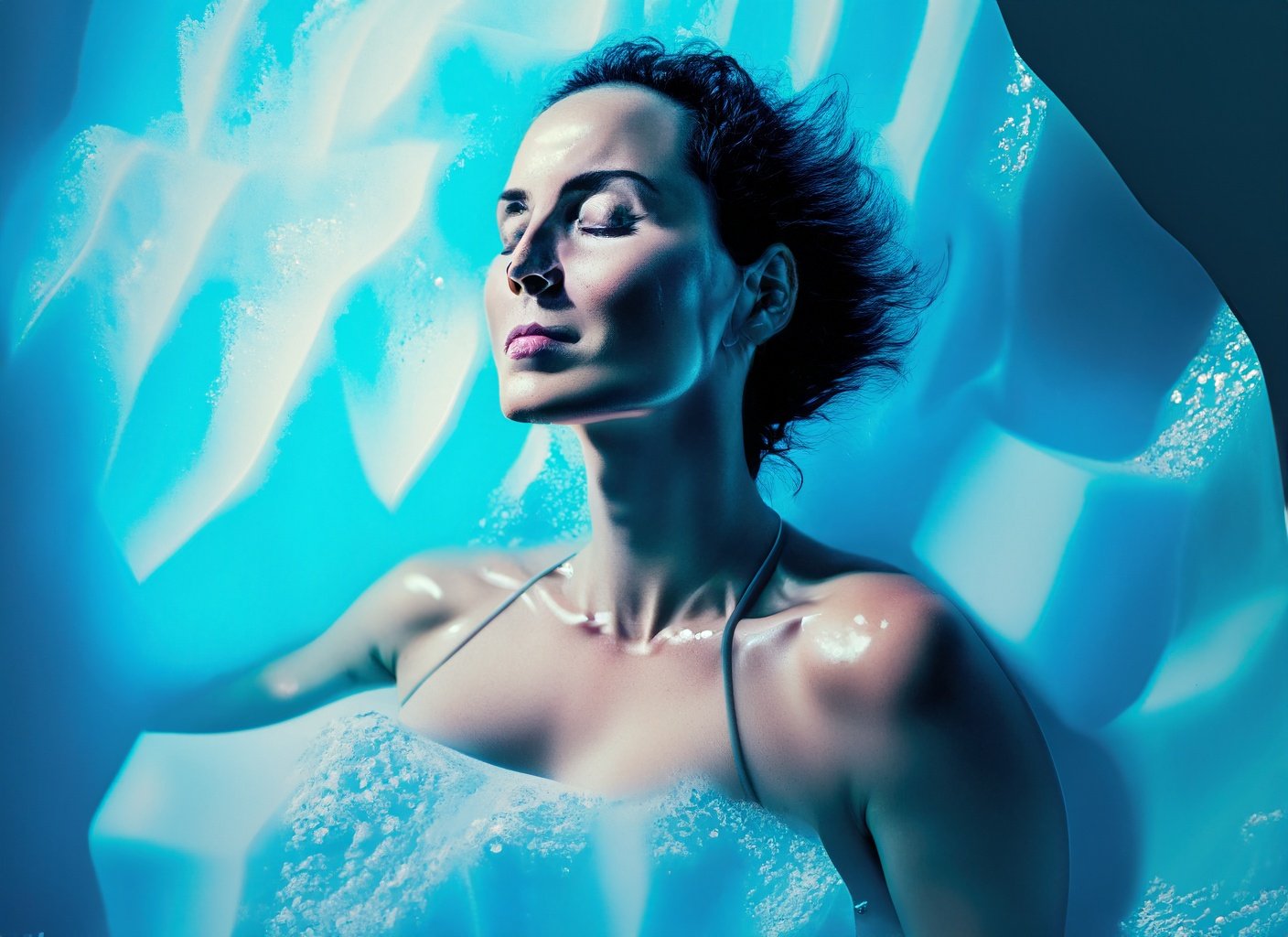
How To Prepare an Ice Bath At Home?
To benefit from the incredible effects of ice baths you’ll need a few essentials. Firstly, a large enough bath or container that allows for submersion up to the neck, and ice—lots of it. Depending on your tub’s size, this can mean several pounds of ice. Have a thermometer on hand, to measure the water’s temperature and prevent harm.
But the easiest way is to find a local gym or spa that has a cold plunge for you to use.
- Preparing the bath – Fill the bath with cold water and add ice. Your aim should be to bring the temperature of the water to around 10-15 degrees Celsius (50-59 degrees Fahrenheit). It’s always advisable to start milder and gradually adapt to very cold temperatures.
- Mental preparation – This is perhaps one of the most significant aspects of cold water therapy. Mentally preparing yourself for the many sensations that come with an ice bath can help make the process much more beneficial.
- Entering the ice bath – Once the desired temperature is achieved, it’s essential to ensure safety and comfort. Before immersing yourself, it’s a good idea to wear light clothing like shorts or a swimsuit to protect sensitive areas from the cold. Enter slowly, allowing your body time to adjust to the cold. Try to regulate your breathing and resist the urge to tense up as this will counteract some of the ice bath recovery benefits.
- Expected sensations – Immediate shortness of breath, shock, and the urge to immediately jump out are common reactions. Rest assured, these feelings are normal. As you become more accustomed to the procedure, these initial sensations will become less noticeable. The goal is to remain calm and breathe deeply, allowing your body to adapt to the cold plunge benefits gradually.
- Duration and frequency of the bath – For beginners, a quick dip lasting 1-2 minutes can be just as beneficial. As you become more accustomed to cold water therapy, you can gradually increase this time to about 10-15 minutes. Keep in mind, however, that spending more than 15-20 minutes in an ice bath is generally not recommended for safety reasons. Set a timer to avoid overexposure.
Always listen to your body and get out if you feel any discomfort or numbness.
What Should You Do After an Ice Bath?
After exiting the bath, dry off quickly and get dressed warmly to retain the body heat. Make sure to hydrate and nourish your body with a balanced meal afterward. Doing some light stretches can also aid in optimizing circulation and enhancing muscle recovery.
Always pay attention to how your body feels during the process. It is crucial to listen to your body and seek medical advice if uncomfortable symptoms persist.

Ice Baths – How Often?
The frequency of cold water exposure largely depends on your requirements and tolerance. For optimum muscle recovery and circulation improvement, try to align your ice tub routine with your workout sessions. Plan your ice baths shortly after your workouts for the best inflammation reduction and overall recovery.
For best results, combine ice baths with other recovery techniques, such as:
- foam rolling,
- adequate sleep,
- good nutrition,
- active recovery.
How Can I Track My Progress With Ice Baths?
The ice bath therapy learning curve is a progressive one. Over time, you will find that your body adapts to the cold temperature much faster. You can then increase the duration of your baths or decrease the water’s temperature.
Track your progress to see how you improve. Factors to track can include:
- recovery time,
- muscle soreness,
- sleep quality,
- mood,
- energy levels.
Tracking these areas over time will provide measurable insight into how well the ice bath routine works for you. Consistent measurement and documentation of your progress not only serve as a reflection of your achievements but also show you what parts of your cold plunging routine you should adjust.
On some days, you might find that a shorter ice bath is better, while on others, a slightly colder temperature might be more beneficial. By listening to your body, you can optimize your routine, to ensure that each session is safe and effective.
Experiment With Other Methods
Don’t be afraid to experiment with innovative methods within your ice bath routine. This might involve:
- varying the temperature of your baths,
- hot-cold therapy,
- deep breathing exercises,
- meditation,
- aromatherapy.
These complementary methods can make the overall experience better and more interesting. Always remember, the goal is to find a balance that works best for your body and mind.

Conclusion
For those who engage in intense physical activities or simply seek a holistic approach to health, incorporating ice baths into their routine can be a game-changer. They can:
- enhance blood circulation,
- reduce inflammation,
- accelerate recovery speed,
- help you sleep better,
- reduce stress,
- improve focus and mental clarity (5).
Remember, the ultimate goal of any wellness routine should be to make you feel better, fresher, and more alive. Despite the initial resistance and slight discomfort that comes with stepping into a tub filled with freezing water, the reinvigorating feeling you experience after a session is incomparable.
Ice bath therapy is more than a wellness fad. It’s scientifically backed and proven to support your body’s recovery process effectively. So, take that bold cold plunge, breathe, and transform the way your body recovers and rejuvenates. It is indeed an icy yet worthy route to a healthier you!

Literature sources
- Peake JM, Roberts LA, Figueiredo VC, Egner I, Krog S, Aas SN, Suzuki K, Markworth JF, Coombes JS, Cameron-Smith D, Raastad T. The effects of cold water immersion and active recovery on inflammation and cell stress responses in human skeletal muscle after resistance exercise. J Physiol. 2017 Feb 1;595(3):695-711. doi: 10.1113/JP272881.
- Janský L, Pospísilová D, Honzová S, Ulicný B, Srámek P, Zeman V, Kamínková J. Immune system of cold-exposed and cold-adapted humans. Eur J Appl Physiol Occup Physiol. 1996;72(5-6):445-50. doi: 10.1007/BF00242274.
- Wang Y, Li S, Zhang Y, Chen Y, Yan F, Han L, Ma Y. Heat and cold therapy reduce pain in patients with delayed onset muscle soreness: A systematic review and meta-analysis of 32 randomized controlled trials. Phys Ther Sport. 2021 Mar;48:177-187. doi: 10.1016/j.ptsp.2021.01.004.
- Chauvineau M, Pasquier F, Guyot V, Aloulou A, Nedelec M. Effect of the Depth of Cold Water Immersion on Sleep Architecture and Recovery Among Well-Trained Male Endurance Runners. Front Sports Act Living. 2021 Mar 31;3:659990. doi: 10.3389/fspor.2021.659990.
- Yankouskaya A, Williamson R, Stacey C, Totman JJ, Massey H. Short-Term Head-Out Whole-Body Cold-Water Immersion Facilitates Positive Effect and Increases Interaction between Large-Scale Brain Networks. Biology (Basel). 2023 Jan 29;12(2):211. doi: 10.3390/biology12020211.

